I took these photos of Opuntia in a plant nursery No. 2.
Some Opuntia for sale, and some grew up in the owners ’yard.
They write that Opuntia at home almost never blooms.
I planted 3 cuttings, all of them rooted. Now I will wait for the result.
I really want to achieve its flowering and get its fruits.
I do not like the taste of Opuntia fruits, and my son eats them with pleasure.
But I like her flowering.
Therefore, to me - admiring her flowers, to my son - her fruits (I hope!)
The root system of Opuntia is weak, superficial and the pot for it needs a shallow but wide one.
Opuntia is transplanted with an earthen lump.
After transplantation, it is not watered for a week.
Young Opuntia up to the age of three, transplanted annually.
And adult plants no more than once every 3-4 years, in the spring, before the start of active growth.
Bisexual flowers: yellow, orange or bright red colors.
During rest, Opuntia is kept at a temperature of + 5-7 ˚C.
Prickly pears develop well at temperatures from +25 to + 35˚C.
From prickly pears, oil, glue, pectin, food dyes are produced, it is used for the manufacture of deodorants and detergents.
They are also used in cooking, cosmetology and medicine. From Opuntia, a food coloring of red color is obtained - carmine. The fruits of Opuntia are rich in vitamin C. Syrup and jam are cooked from them.
The photos I were taken with a Lenovo TAB 2 A10-70L tablet
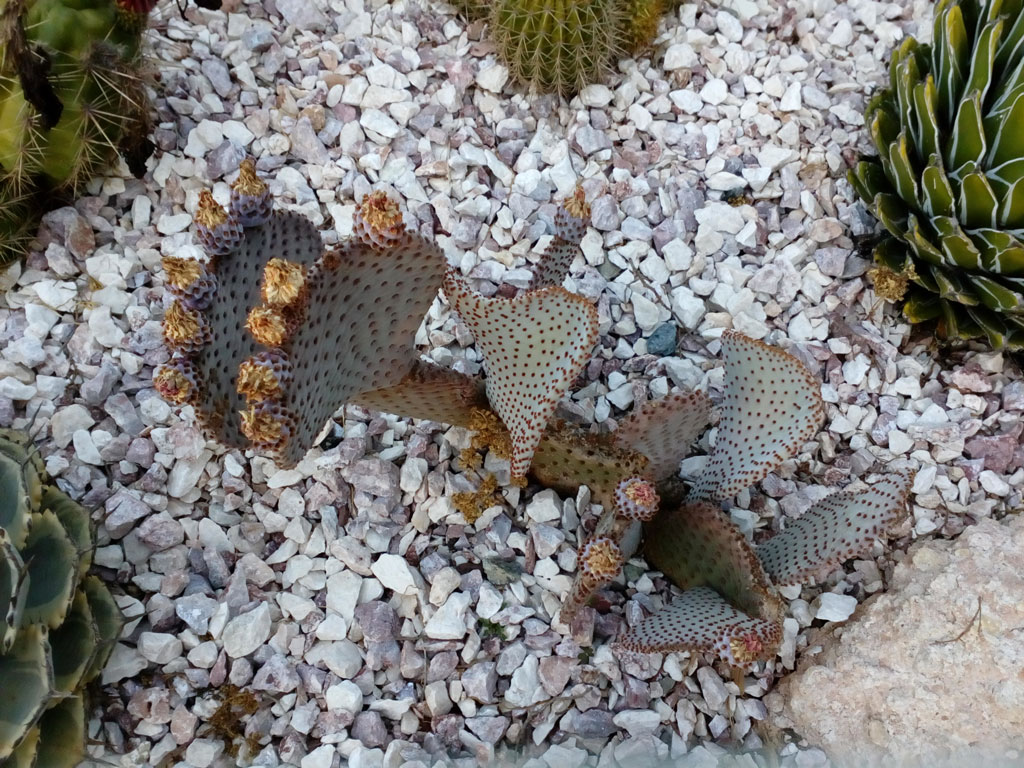
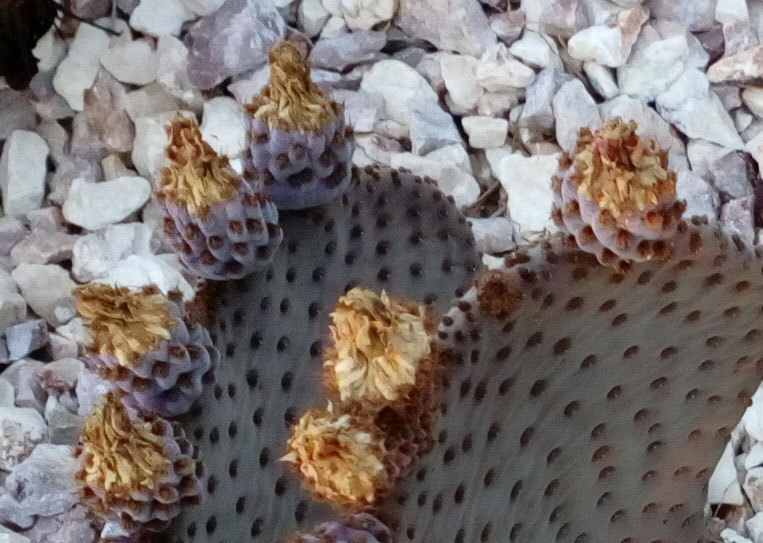

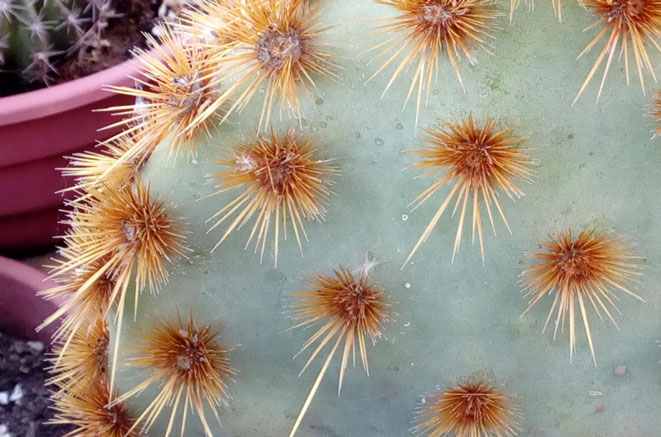
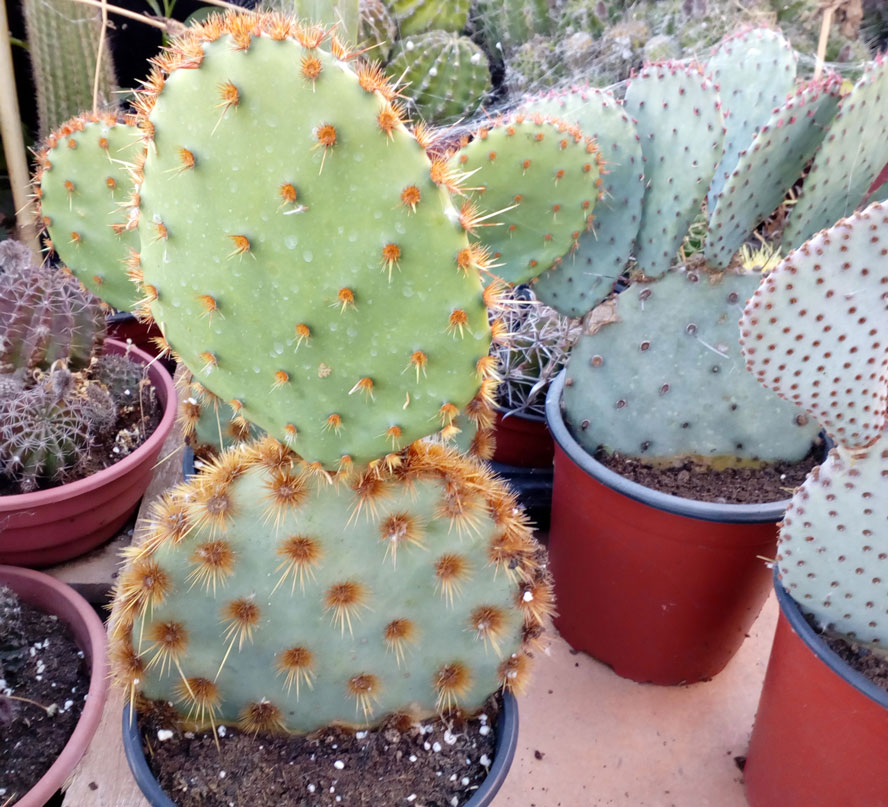

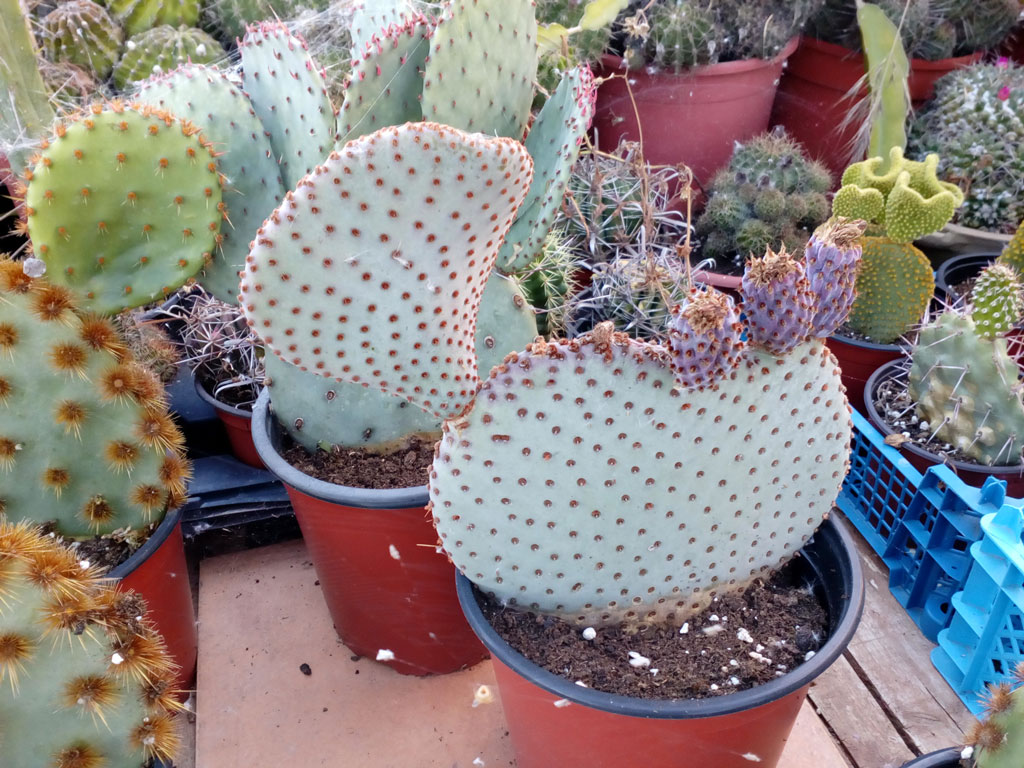
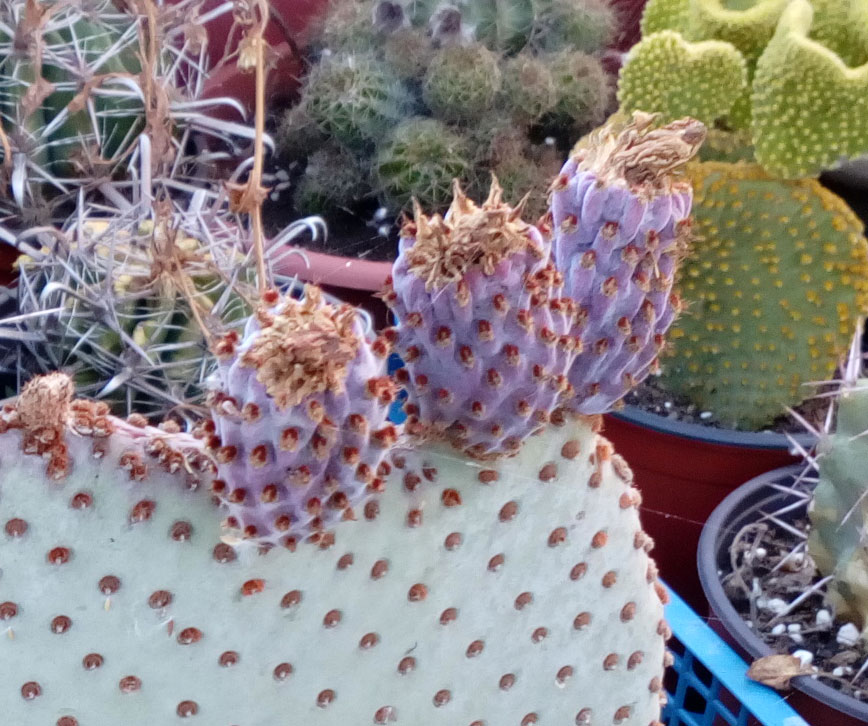
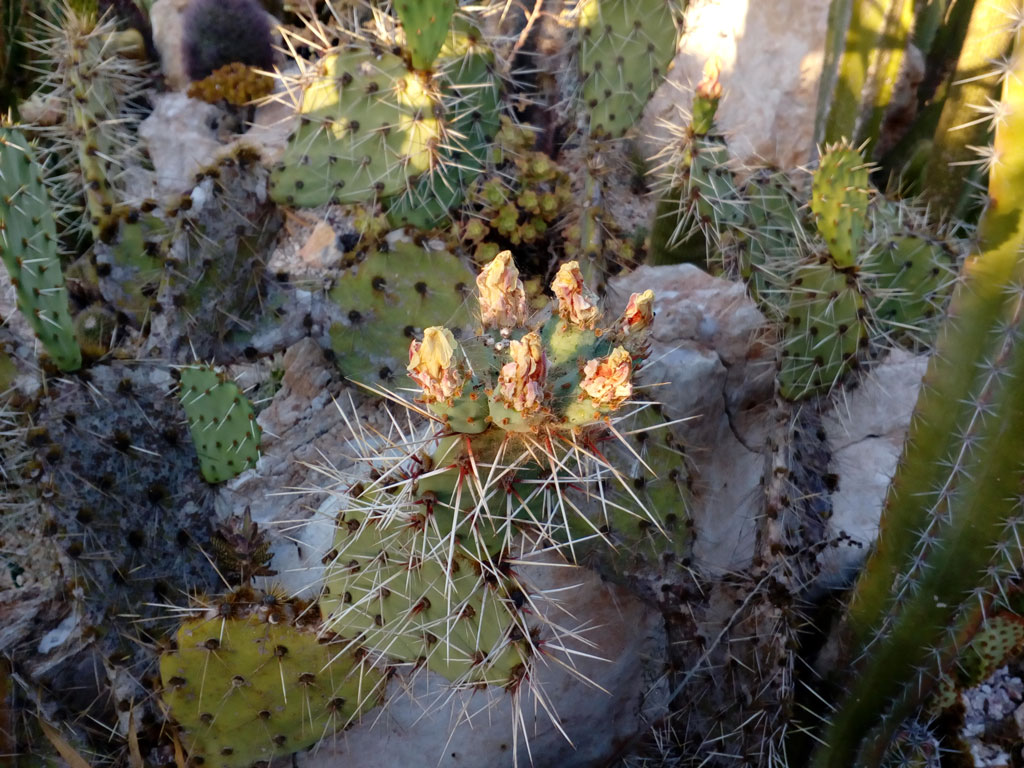
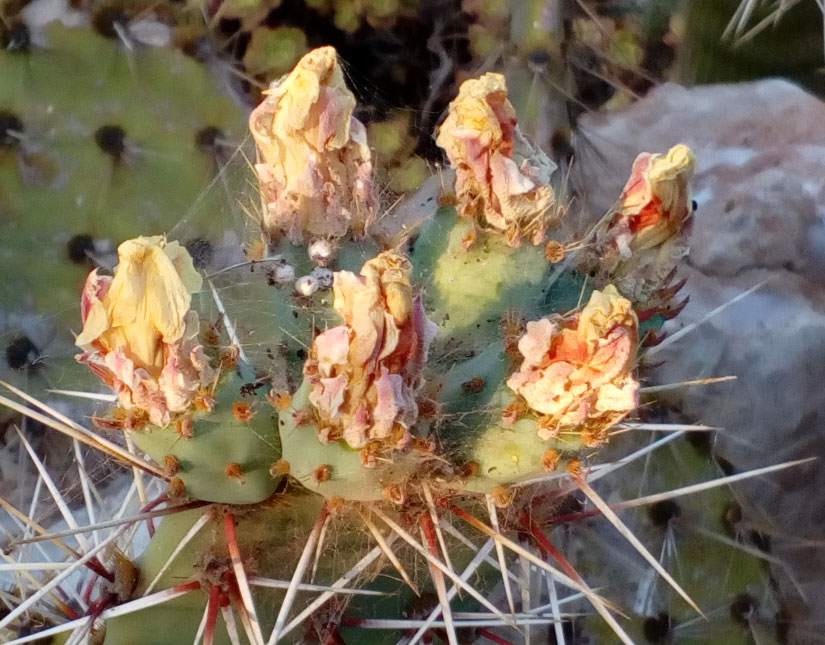
I was never a big fan of opuntias. Some look really nice and I like when they grow so big in the wild. But they are too big for me to keep in a pot.
I like the colour of this one!
Yes, I like this one too.
I'll try, I wonder what happens.
Although I also lack space, fewer plants need to be bred :-))) apparently
And many thanks for the support!
Thanks so much for the support!
Very interesting! You could eat the fruits too!! That’s very nice and practical!
I tried, I didn’t like them :-)))
I know that they are very useful.
You can eat leaves, and flowers, and fruits.
This plant is very useful indeed! Love to grow one!
Your climate is suitable, so you can grow :-)))
Good! Thank you!